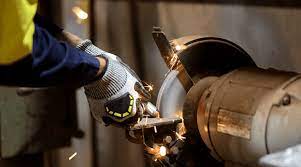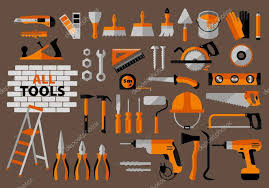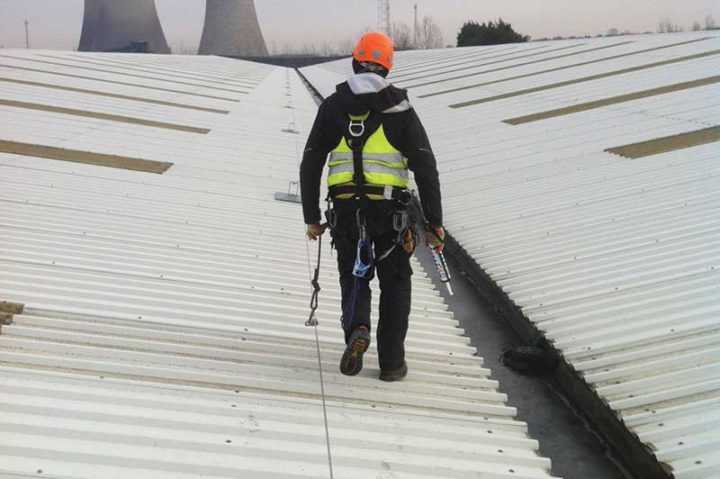Information
-
Audit Title
-
Site
-
Conducted on
-
Conducted by
Inspection Checklist
Handling and Storage
-
Wheels are handled carefully to prevent bumping/dropping
-
Dropped or damaged wheels are never mounted
-
Wheels are stored indoors in suitable racks, boxes, bins or drawers
-
Wheels are never exposed to water or solvents
-
Wheels are never exposed to temperature or humidity extremes
-
Wheels are used within their recommended shelf life
-
Is cleanliness maintained around grinders?
General Machine Conditions
-
The spindle is threaded such that the nut tightens during use
-
There is a visible arrow showing the spindle’s direction of rotation
-
When mounted, all the threads of the nut are engaged
-
The machine operates at or below the wheel’s max rated speed
-
The machine’s operating speed is readily visible to the operator
Machine Guarding
-
The machine is equipped with a wheel guard
-
The guard is original to the machine or was obtained from the OEM
-
The guard covers at least 180° of the wheel’s periphery
-
The guard in its current condition is able to contain a broken wheel
-
During use the guard is always positioned to protect the operator
Mounting
-
The user visually inspects each wheel carefully prior to mounting
-
The power source is disconnected during mounting
-
Wheels fit freely on the machine’s spindle
-
All mating surfaces are flat and free of foreign particles
-
Sufficient but not excessive torque is used during mounting
-
The mounted wheel does not loosen during cutting/grinding
General Operating Rules
-
Abrasive wheels & machines are only used and under the care of trained users
-
Dust control measures are implemented
-
Appropriate PPE is worn (e.g. safety glasses, face shield, gloves, etc.)
-
The maximum operating speed of the wheel is never exceeded
-
Side grinding is only done with wheels designed for that purpose
Sign Off
-
RME Senior Technician on Shift
-
Auditor's signature








